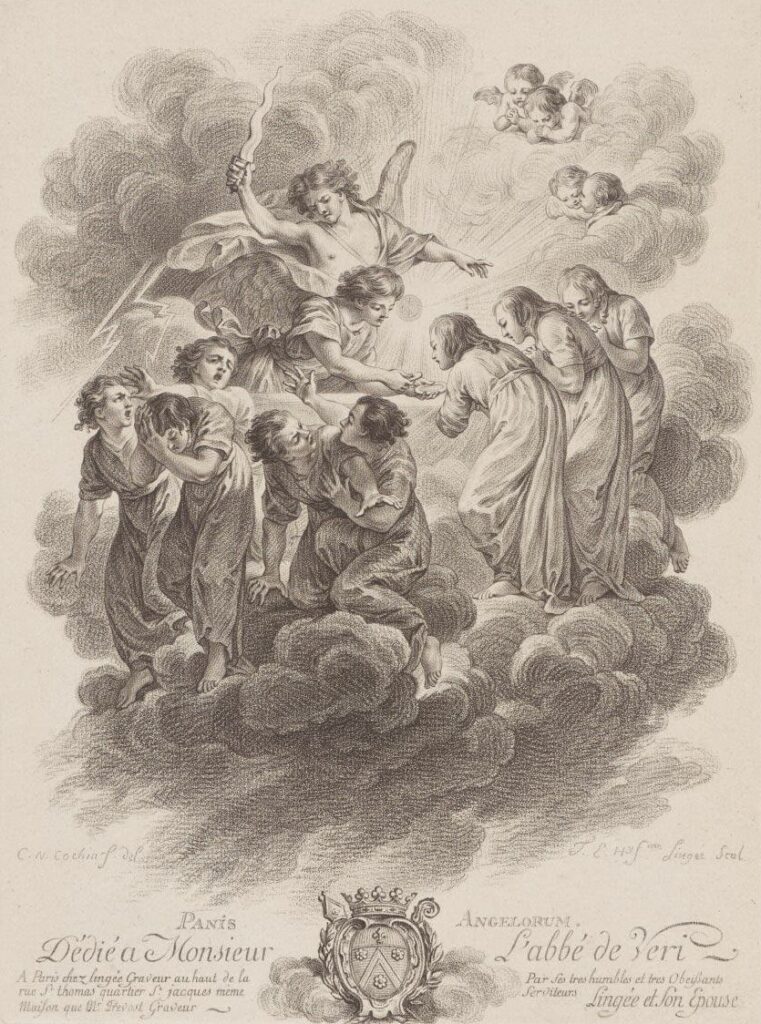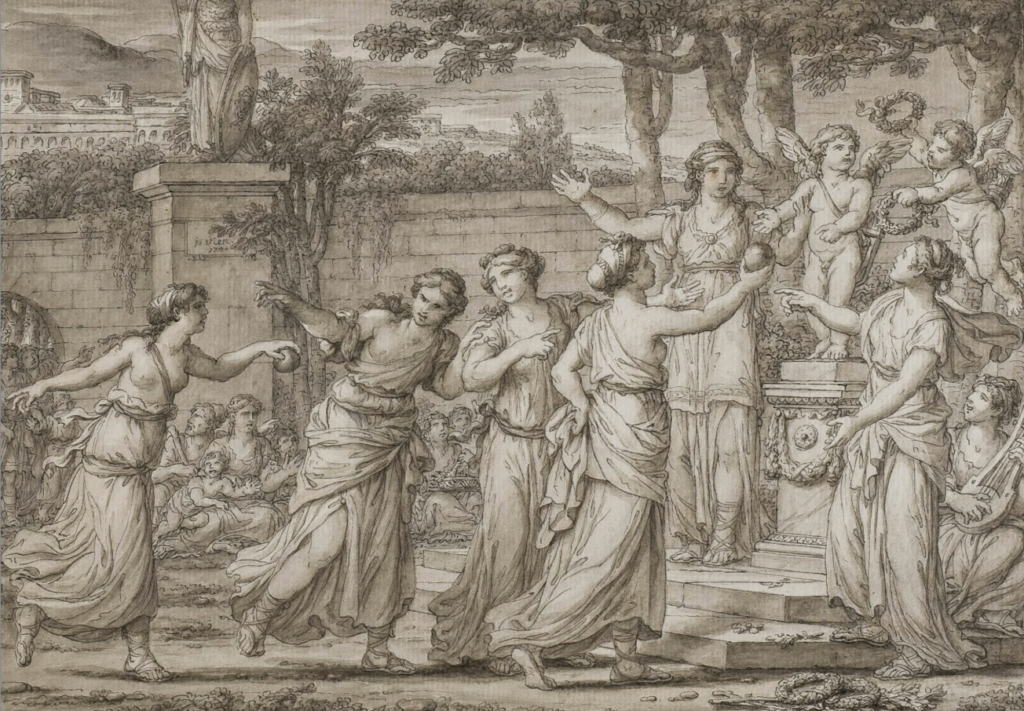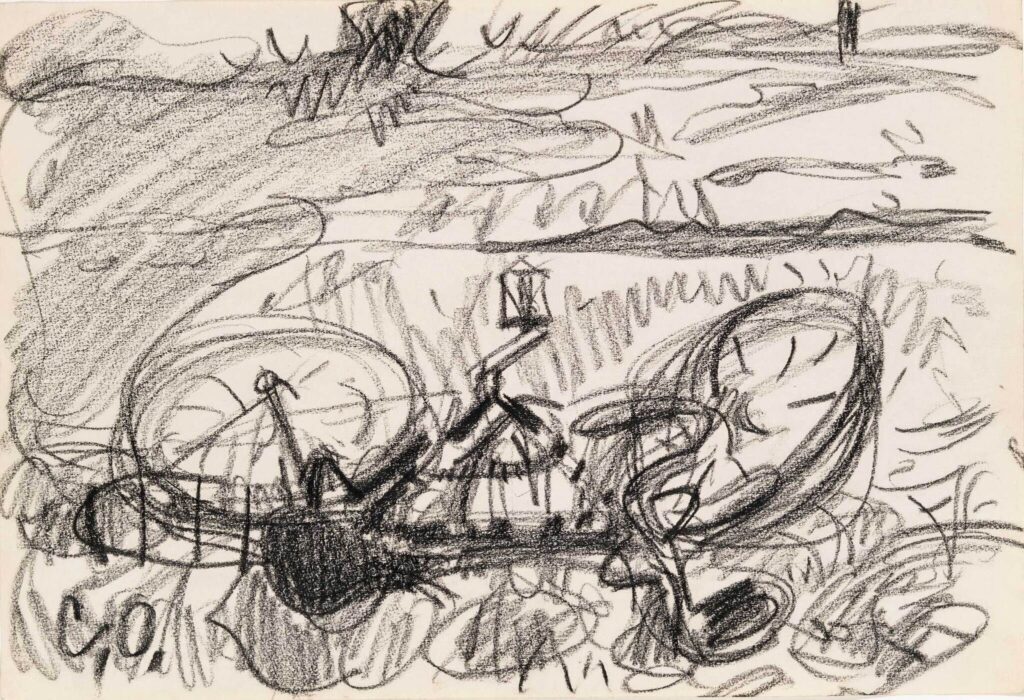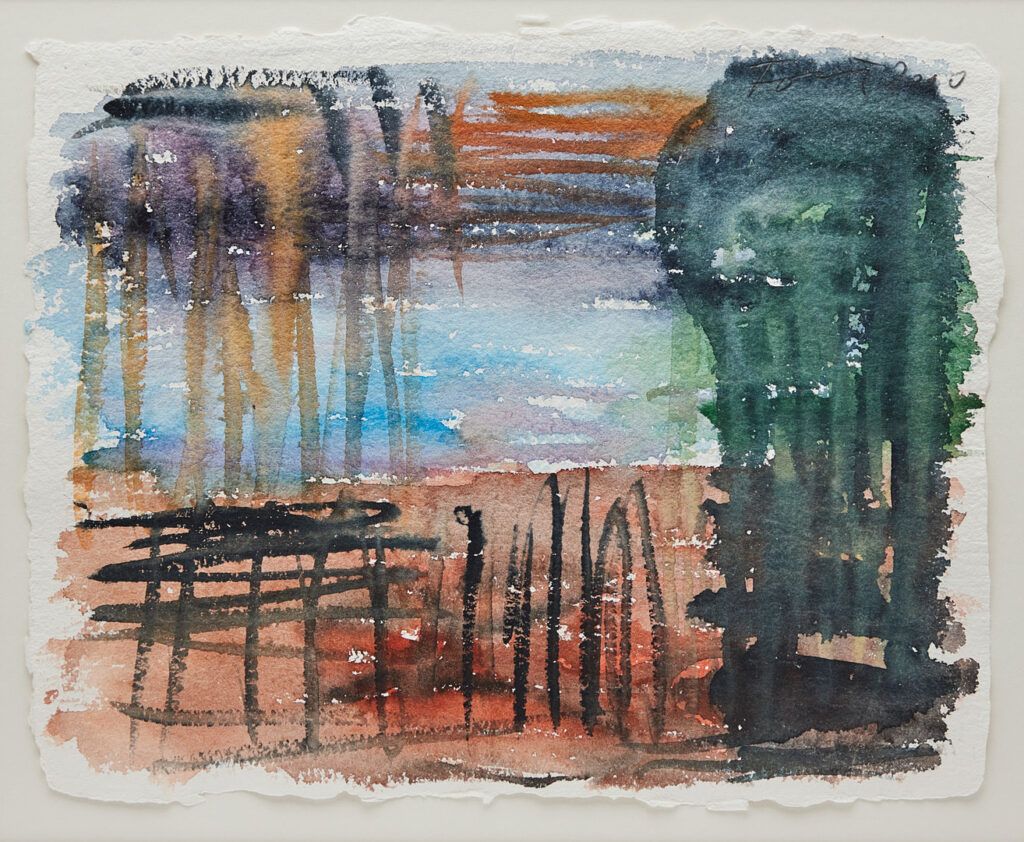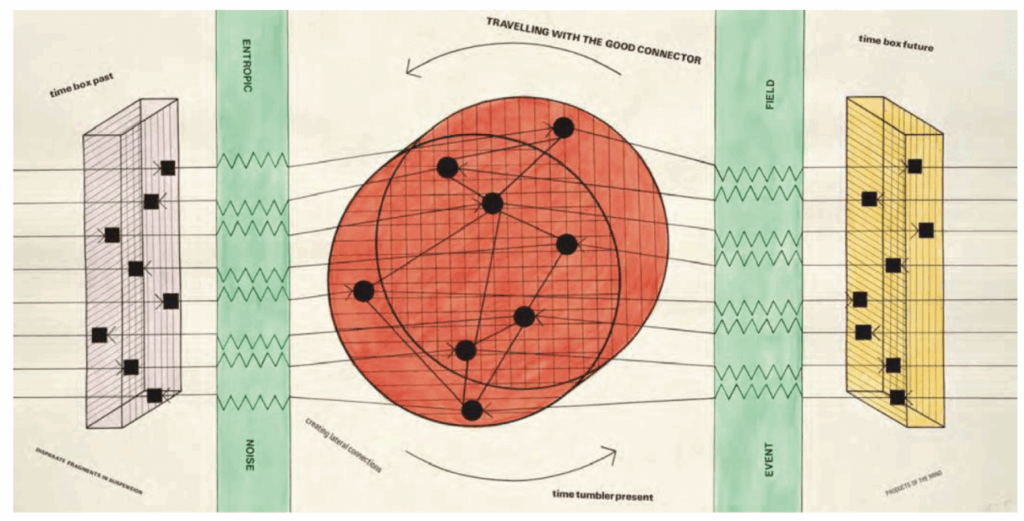The acts of drawing and printmaking have always been intertwined. Historically, drawing has been the space of inspiration and development before setting the burin to plate or crayon to stone. This virtual panel will showcase case studies by emerging scholars. The subject of this panel is inspired by this year’s Master Drawings New York showcase at IFPDA: Drawings for Prints.
__
Exhibiting Drawings for Prints: From the Paris Salons to a Symbiotic Art Market
Cabelle J. Ahn
Charting the early exhibition history of drawings related to prints in 18th-century France using a data-driven approach which traces the intertwined markets for the two media and spotlights two extraordinary instances in which they collided in the Paris Salons: architectural proposals for a municipal redesign, drawn directly on existing etchings; and preparatory drawings, originally made for hand-painted liturgical texts at Versailles, that were later circulated widely as prints. Together, the data and examples illustrate the strong symbiosis that has existed between these two markets dating back some 250 years.
Cabelle J. Ahn is an independent art historian, a PhD Candidate at Harvard University, and the Vice President of the Association of Print Scholars. Her research centers on exhibition histories in early modern Europe, the history of the art market, and the intersection between Old Masters and Contemporary Art.
__
Time Signatures: Expressionism Between Drawing and Print
Joseph Henry
As a young collective starting out in 1905, the German Expressionists known as “Die Brücke” (The Bridge) began two ventures around the same time—the touring of their prints throughout small institutions in Germany and the development of a life-drawing practice they called Viertelstundenakte, or “quarter-hour nudes.” In these works, Die Brücke sketched a model for the titular allotment before she would shift position and drawing began anew. Many of the quarter-hour nudes, only of which a few still survive today, were subsequently translated into prints. This talk aims to compare the temporalities of these two modes of image-production, particularly in their seriality. How did tempo, pace, and reiteration, the paper asks, map not only on to the Expressionist enterprise, but on to wider cultural concerns in an industrializing Germany more broadly?
Joseph Henry a PhD Candidate in the art history program at the CUNY Graduate Center and the Florence B. Selden Fellow in Prints and Drawings at the Yale University Art Gallery. His dissertation and scholarly work focus on questions of Expressionism, art and labor, works on paper, and primitivism and colonialism. He has held fellowships and positions at the Metropolitan Museum of Art, the Museum of Modern Art, and the Whitney Museum of American Art and published contemporary art criticism across a number of venues.
__
Presented by The Drawing Foundation and hosted by IFPDA Print Month 2023
Image caption: Thérèse-Éléonore Lingée after Charles-Nicolas Cochin, Panis Angelorum, c. 1776. Stipple Engraving, Philadelphia Museum of Art.


